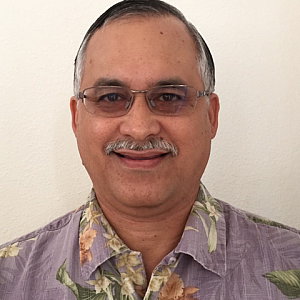
Rob Perez
Reporter

Reporter

Hawaiian parents were describing a foster care system that was biased against Hawaiians, yet they had trouble providing solid examples. As a reporter, how was I to find an entry point to a system cloaked in confidentiality? Here's what I learned.

At program for troubled youths in Hawaii revolves around a cultural practice called "hooponopono," a self-reflective process that stresses healing and strengthening relationships to restore balance in one’s life. “This is a very unorthodox program, but it’s not new,” the director says.

For years, the percentage of Native Hawaiians in the state’s foster care system has significantly exceeded their share of the overall population of the state’s children. The Honolulu Star-Advertiser delves into the underlying causes and potential solutions to the problem.

At his lowest point in prison, Simeon U‘u, a broad-shouldered man with tattoos down one arm and a thick silver chain around his neck, doubted he would get his children back. “I felt like I was a bad parent, that I abandoned them.”

Less than a decade ago, Native Hawaiians represented about a third of the children in Hawaii’s foster care system. Today, they comprise half the state’s foster population of 2,200. Why is that? And what initiatives show the most promise in helping reduce the disparity? A new series will investigate.